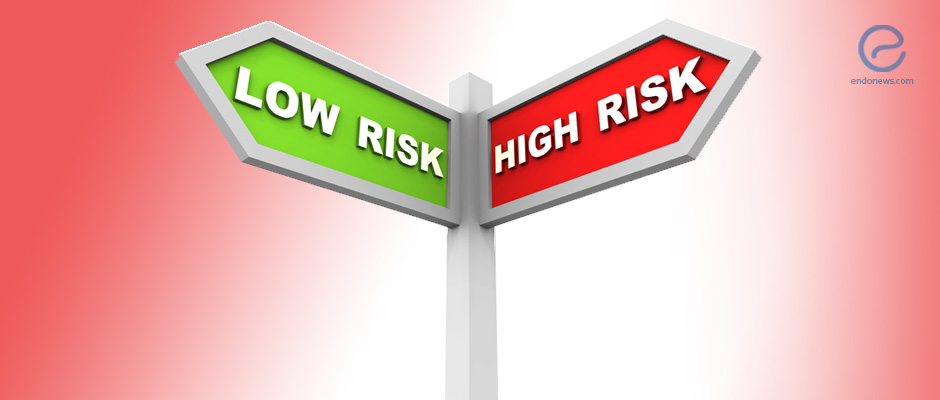Association between blood inflammatory markers and the risk of endometriosis
Oct 23, 2017
Positive association between plasma levels of inflammatory markers IL-1β and the risk of endometriosis
Key Points
Highlight:
- The higher plasma levels of inflammatory marker IL-1β was associated with increased risk of endometriosis.
Importance:
- Despite some evidence that suggests the involvement of inflammatory responses in the pathogenesis of endometriosis, there is still a lack of prospective study to assess their importance in informing the risk of endometriosis.
What's done here:
- The current investigation utilized population from a prospective cohort study called Nurses’ Health Study II with 116,430 female nurses in the US during 1989. Blood specimens were collected from 29,611 of this cohort members in 1996-1999.
- The plasma levels of interleukin-1 beta (IL-1ß), IL-6, soluble tumor necrosis factor α receptor-1 (sTNFR-1), sTNFR-2, and high-sensitivity C-reactive protein were determined.
- Case-control analyses were performed to determine the associations between the levels of these inflammatory markers and risk of laparoscopically-confirmed endometriosis.
Data:
- Women with higher levels of IL-1ß in quintiles 2-4 had an increased risk of endometriosis: 2nd quintile RR=3.30 (95% CI=1.06-10.3); 3rd quintile RR=3.36 (95% CI=1.09-10.4); 4th quintile, RR=4.64 (95% CI=1.58-13.6).
- This data showed an association beginning at IL-1ß levels ≥0.47 pg/mL
- There was a significant, but a non-linear relationship between the risks of endometriosis when sTNFR-2 was > 3400 pg/ml.
Limitations:
- The current study involved blood collection at aged 32 to 54. Blood collection at a younger age may be more informative.
- The IL-1β assay showed a considerable variation and not specific to endometriosis.
- Analyses did not involve information on endometriosis stage.
Lay Summary
Previous studies have suggested that aberrant immunologic and inflammatory responses may play a role in the pathogenesis of endometriosis. Peritoneal fluid collected from endometriosis contains elevated immune cells that may enhance the survival of endometriosis by secreting growth factors and cytokines. In particular, many studies have identified inflammatory factors, including interleukin-1 beta (IL-1ß), interleukin-6 (IL-6), tumor necrosis factor α (TNF-α) and high-sensitivity C-reactive protein (hs-CRP) to be elevated in the peritoneal fluid and the peripheral blood of women with endometriosis. It is unclear however if raised inflammatory markers are the causes of the disease.
This study by Mu et al. in American Journal of Epidemiology conducted a case-control study within the Nurses’ Health Study II population in the US to examine the associations between the levels of plasma IL-1ß, IL-6, sTNFR-1, sTNFR-2, and high-sensitivity C-reactive protein and laparoscopically-confirmed endometriosis risk. The blood samples were collected in 29,611 cohort member ages 32 to 54 years. During the blood collection in 1996-1999 and 2007, there were 350 endometriosis cases and 694 matched controls.
The data showed that plasma IL-1β levels were positively associated with increased risk of endometriosis, while there was no significant association between plasma IL-6, TNF-α, or CRP levels. Primarily, the partnership begins at IL-1ß levels ≥0.47 pg/mL. Interestingly for sTNFR-2, there was a significant, but a non-linear association between the risks of endometriosis and sTNFR-2 level > 3400 pg/ml. Furthermore, the higher TNF-α plasma levels were associated with increased endometriosis risk among women who were younger than 40 years. Further research in a larger cohort of younger age at blood collection will be useful to confirm these associations. This study is also limited by the accuracy of IL-1β assay which showed significant variation within and among assay batches. In summary, the current prospective matched case-control study showed that plasma IL-1β and sTNFR-2 levels might be important indicators to inform the risks of subsequent endometriosis.
Research Source: https://www.ncbi.nlm.nih.gov/pubmed/28992341
conference-preparation risk of endometriosis inflammation

